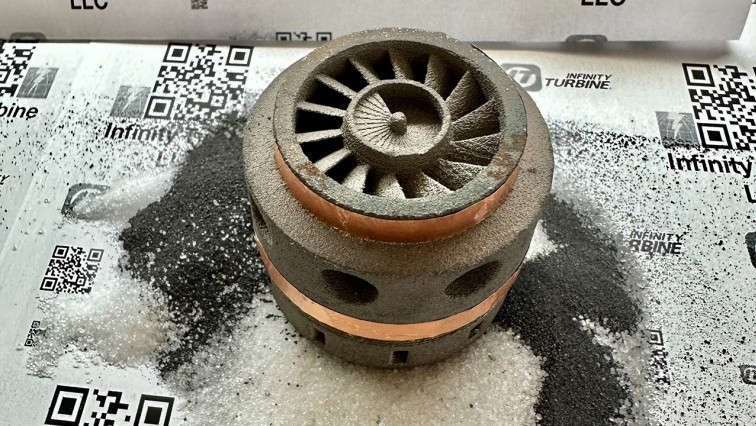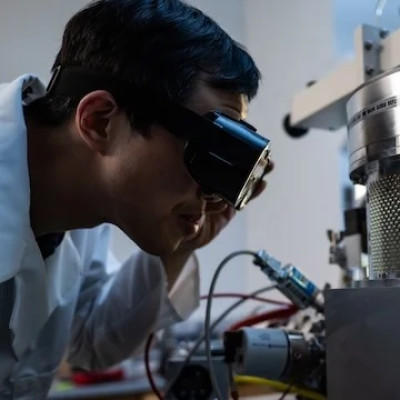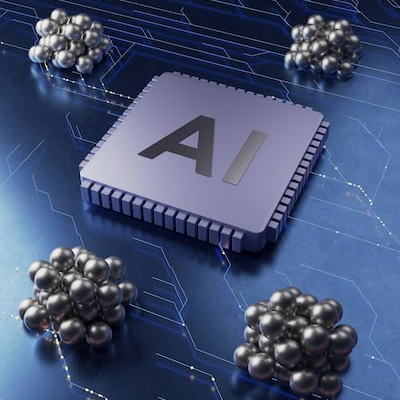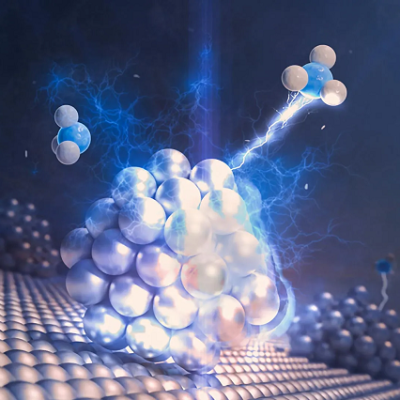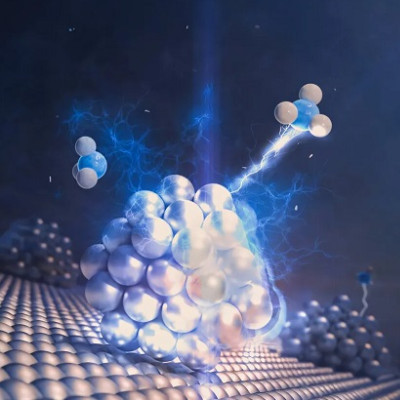Infinity Turbine LLC is proud to announce a groundbreaking innovation in 3D-printed copper-graphene coils, set to transform the development of electric vehicle motors and high-efficiency generators for waste heat to power in data centers.
Leveraging cutting-edge additive manufacturing and laser sintering technologies, Infinity Turbine’s breakthrough integrates copper and graphene, combining the best properties of both materials for unmatched performance in electrical applications.
This strategic positioning opens the door to advanced, high-performance motors and generators designed for the future of electric vehicles (EVs) and data center renewable energy power systems, promising increased efficiency, reliability, and sustainability.
Transforming Electric Vehicle Motors and Waste Heat to Power Generation
The demand for electric vehicles and high-efficiency data center renewable energy continues to soar, requiring more efficient, durable, and compact motors and generators. Infinity Turbine’s 3D-printed copper-graphene coils offer a revolutionary solution, bringing the following benefits to these industries:
– Enhanced Electrical Conductivity: The integration of graphene into the copper matrix improves the flow of electrons through the coils, enhancing the overall power output and energy efficiency of electric motors and generators.
– Superior Heat Dissipation: Graphene’s remarkable thermal conductivity helps dissipate heat more effectively than copper alone. This is crucial in high-performance motors where managing heat generation is critical for operational reliability and lifespan.
– Mechanical Strength: The mechanical reinforcement provided by graphene increases the durability and fatigue resistance of the coils, allowing for longer operational cycles and improved performance under stress.
A Leap Forward in 3D Printing Technology
Infinity Turbine’s advanced 3D additive manufacturing process allows for the precise layering of copper and graphene powders to build custom coil geometries. The ability to create optimized, high-density coil structures is a game changer for electric motors and turbine power generation, providing:
– Customizable Designs: Coils can be 3D-printed with optimized shapes and sizes to maximize performance in specific applications, whether in the compact motors of electric vehicles or the high-output waste heat to power generators used in data centers.
– Material Efficiency: The additive process minimizes waste by using only the necessary amount of material for each coil, reducing costs and environmental impact.
– Integral Cooling: Rotors and stators can be formed with gas or liquid cooling channels.
– Frame Integration: 3D prints allow both active material as well as structural frame build simultaneously.
– Organic Rankine Cycle Turbine Generator: Integrated 3D metal powder printing of ORC waste heat to power rotors and stators allow in-situ hybrid copper coils for electrical power generation in one part.
Strategic Applications in EV Motors and Waste Heat to Power in Data Centers
Electric Vehicles (EVs): With the growing emphasis on sustainability and electrification, Infinity Turbine’s copper-graphene coils offer an ideal solution for next-generation EV motors. The high power-to-weight ratio and improved heat management make these motors more efficient, allowing for longer driving ranges and faster charging times.
Data Center Waste Heat to Power Generators: In data centers, where energy efficiency and reliability are paramount, Infinity Turbine’s coils can be integrated into ORC generators. The coils’ superior conductivity and heat dissipation reduce energy losses, providing data centers with the ability to manage their growing power needs more effectively while using the waste heat to make power.
A Sustainable Solution for the Future
By utilizing 3D printing and additive manufacturing, Infinity Turbine is committed to providing solutions that align with the global push for sustainable energy. The use of graphene and copper in these coils reduces energy consumption and extends the lifespan of motors and generators, contributing to a greener and more energy-efficient future.
Read the original article on EIN Presswire.

